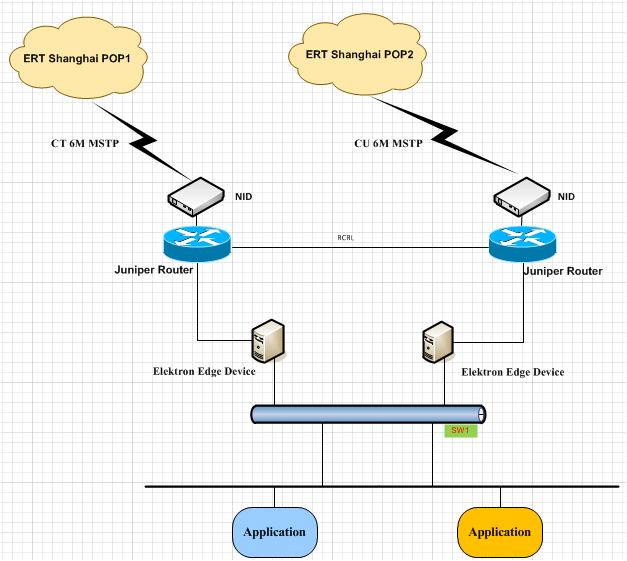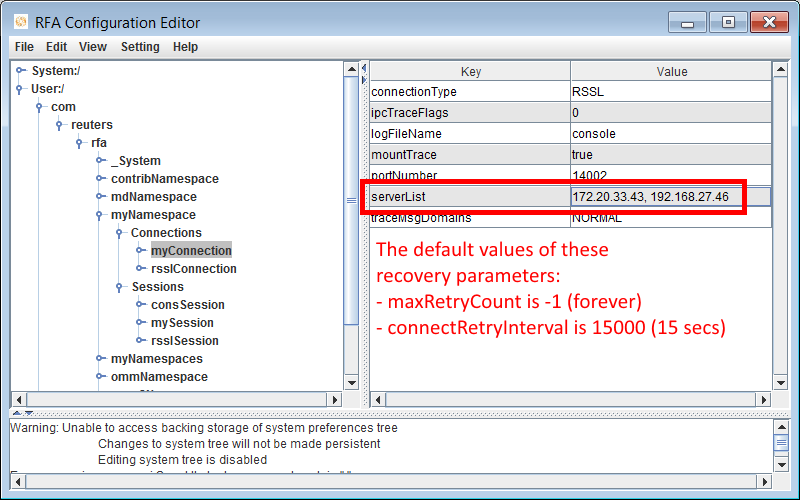Hi Sir
One of my client is considering purchase TR's ERT solution . Below is the structure.
Client's question is about how to design resilience APP. If the connection between POP and EED is disconnected , what kind of alert/status change will be received by APP through RFA API ?
Is it correct in this situation, the physical connection of RFA API is still active , as APP still connect with EED.
And how would APP decide to swap to backup EED to rebuild the new connection ? Does APP need to design the failover logic by itself, or RFA API could provide the failover function to rebuild the connection with another EED ?
Thank you!
BRs
Jessie






